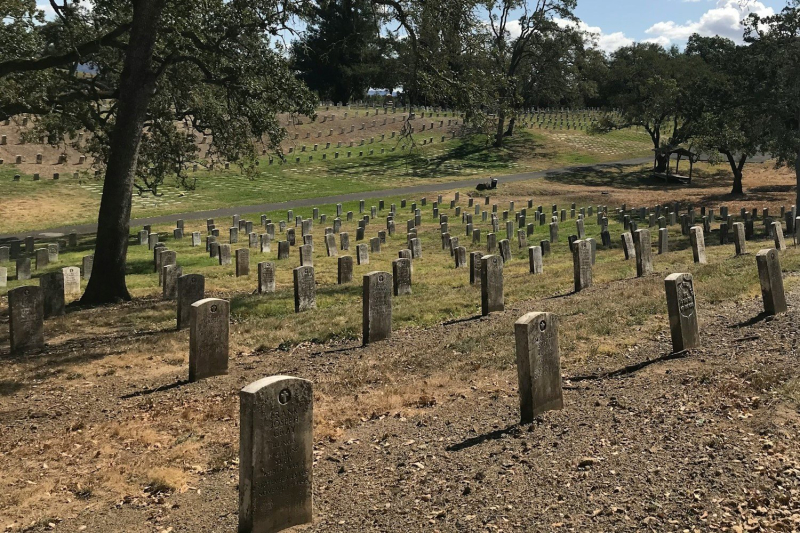
© Melissa/Unsplash
The former garden of a convent had been transformed into a simple theatre of earth and stone over time. Within it, archaeologists from the National Institute for Preventive Archaeological Research (INRAP), during their excavations, came across intriguing remains. Gauls buried in a seated position, their gaze fixed on the western horizon and a necropolis specially dedicated to children.
This exhumation is perhaps a little less spectacular than the recent discovery of the fortress of Dmanisis Gora or those of the cylinders of Tell Umm-el Marra, but it is nonetheless an archaeological discovery of great importance.
An unknown funeral ritual?
It is the vertical arrangement of the bodies; dated between 450 and 25 BC; which constitutes the strangest element of this discovery. Indeed, across the whole of European territory, only twelve similar cases have been recorded: nine in France and three in Switzerland. Most Gallic tombs from this period contain bodies cremated or buried in a horizontal position. This archaeological find is therefore extremely rare, and gives it inestimable value.
To explain this mortuary staging, the experts at INRAP put forward several hypotheses: these deceased could have held eminent positions in Gallic society, whether in the political or religious sphere. The other preferred hypothesis suggests that they belonged to a distinctive family lineage, whose funeral rites would have differed from the common practices of the time.

One of the exhumed skeletons, in a sitting position. © Christophe Fouquin/INRAP
A children's cemetery
A few steps from these tombs stretched a necropolis a not very special, dated from the 1st century AD, final resting place of 22 children who left before their first birthday. These juvenile graves, although partially altered, have nevertheless provided some valuable clues about the funerary practices of our ancestors.
The small bodies, laid on their backs or sides according to traditional customs, rested in wooden coffins of which only the nails and stone frames remained. Some graves contained touching offerings: coins and ceramics accompanied these young souls on their eternal journey.
The site also contained other treasures dating from various periods. Gallo-Roman planting pits, used to grow trees and other plants, as well as cattle skulls dating from the 16th and 17th centuries. These skulls may be proof that this space was converted into a butcher's shop during the Renaissance.
In recent years, INRAP has been busy. A gold ring was found in a Bronze Age site in Brittany during excavations in Pacé, Ille-et-Vilaine, and more recently, the institute came across a real gem of French history. In 2022, two lead sarcophagi were identified under the slabs of Notre-Dame de Paris during its restoration. The latter housed respectively the remains of the poet and horseman Joachim du Bellay, who died in 1560, and those of Antoine de la Porte, an ecclesiastical figure who died in 1710.
- In Dijon, archaeologists have discovered rare Gallic burials where the deceased were seated, a funerary practice almost unknown in Europe.
- Nearby, an ancient cemetery containing the remains of 22 infants has also been unearthed.
- Other remains (Gallo-Roman agricultural structures, cattle skulls dating from the Renaissance) prove that the site has evolved over the centuries.
📍 To not miss any Presse-citron news, follow us on Google News and WhatsApp.
[ ]

